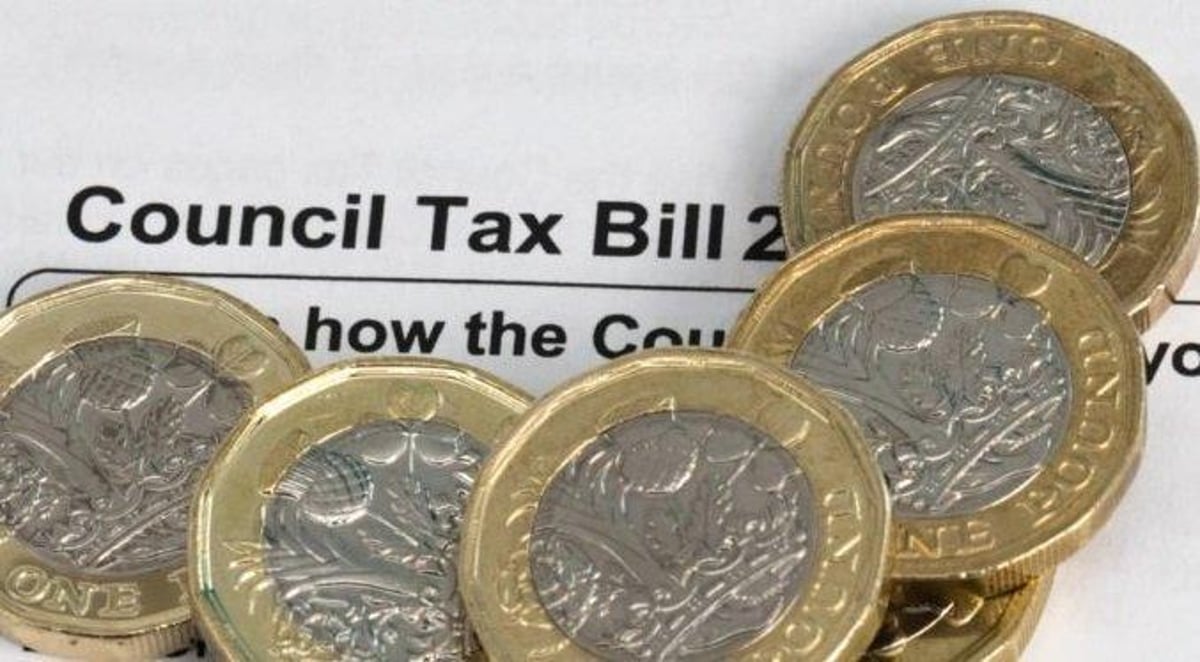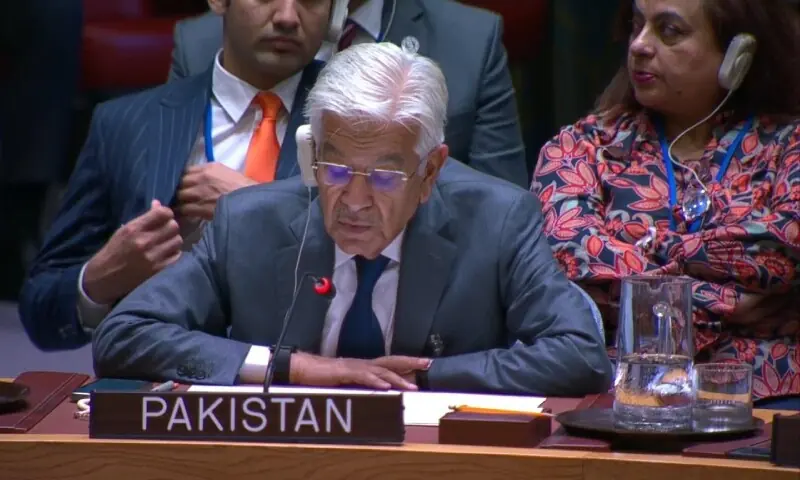Copyright scotsman

The Scottish Government has published a consultation document with four different options for a shake-up of the tax, in a bid to make it "fairer and more up to date". But analysis by the Institute for Fiscal Studies, published alongside the consultation, shows most Edinburgh households would see a higher tax rate under all the options. The first option would be a straight revaluation of properties - current council tax bills are still based on the 1991 valuations used when the tax was first introduced. The existing eight band system would be retained, but with thresholds adjusted to reflect how property prices have increased since 1991. The second option would replace the eight bands with a new 12-band structure to create a more gradual increase in council tax across property types, reducing the tax rate for the lower value properties and increasing the rate for higher value properties. Option three would also use a 12-band structure, but the tax rates would be adjusted to make the system more progressive. And option four would make it even more progressive by creating a 14-band structure, with extra bands at the top and bottom to achieve smaller changes in tax rates between bands. All four options are described as "revenue neutral", meaning they would each bring in the same amounts as now. And Finance Secretary Shona Robison said the government was not identifying a preferred option. But each option could have major effects on how much households have to pay. The IFS analysis estimates that with the simple revaluation option, over 60 per cent of properties in Edinburgh would move up one or more bands. Many properties in the other Lothian authorities would also move up bands. Under option two - moving to a 12-band system - 82 per cent of Edinburgh properties would see their relative tax rate go up, 6 per cent stay the same and 12 per cent go down. In East Lothian, 72 per cent would go up, 8 per cent stay the same and 20 per cent go down. In Midlothian, 65 per cent would go up, 10 per cent stay the same and 25 per cent go down. And in West Lothian, 60 per cent would go up, 8 per cent stay the same and 33 per cent go down. Option three - the more progressive 12-band model - would see 80 per cent of Edinburgh properties with a higher relative tax rate, 8 per cent the same and 12 per cent lower. In East Lothian, 74 per cent would be higher, 6 per cent the same and 20 per cent lower. In Midlothian, 67 per cent would be higher, 8 per cent the same and 25 per cent lower. And in West Lothian, 51 per cent would be higher, 17 per cent the same and 33 per cent lower. Option four - the 14-band progressive model - would leave 83 per cent of Edinburgh properties with a higher relative tax rate, 8 per cent the same and 8 per cent lower. In East Lothian, 76 per cent would be higher, 9 per cent the same and 15 per cent lower. Midlothian would see 69 per cent higher, 12 per cent the same and 18 per cent lower. And in West Lothian, 57 per cent would be higher, 12 per cent the same and 31 per cent lower. The consultation runs until January 30. And with Holyrood elections next May, any subsequent action would have to wait for the new session of parliament. Ms Robison said: "Any future changes to council tax must be informed by robust evidence and wide public debate. As part of our joint programme of engagement with Cosla (Convention of Scottish Local Authorities), we are seeking views on these matters. "The Scottish Government is not advocating for a specific reform, rather the aim of this work is to examine whether consensus around a unified position on council tax could be achieved. "Any reform proposals that come forward in the next parliament would clearly be contingent on securing that unified position, would require a long delivery period and would likely not be complete in this decade." Professor Richard Kerley of Edinburgh’s Queen Margaret University said the impact of proposed changes on properties in the Capital was “unsurprising”. He said: “Edinburgh already has one of the highest proportions of high-rated properties in the country.” But he was unimpressed by the options set out by the government. “The problem with banding of any shape or form has always been about where you draw the actual banding. More bands would help, but wherever you draw the band you’re going to end up with inequity. “I remain of the view you could have a system based on current market rates which would be fairer because it would reflect what a property is likely to fetch.” For all of the latest stories and breaking news across Edinburgh and the Lothians, click here and subscribe to our free daily newsletter.



